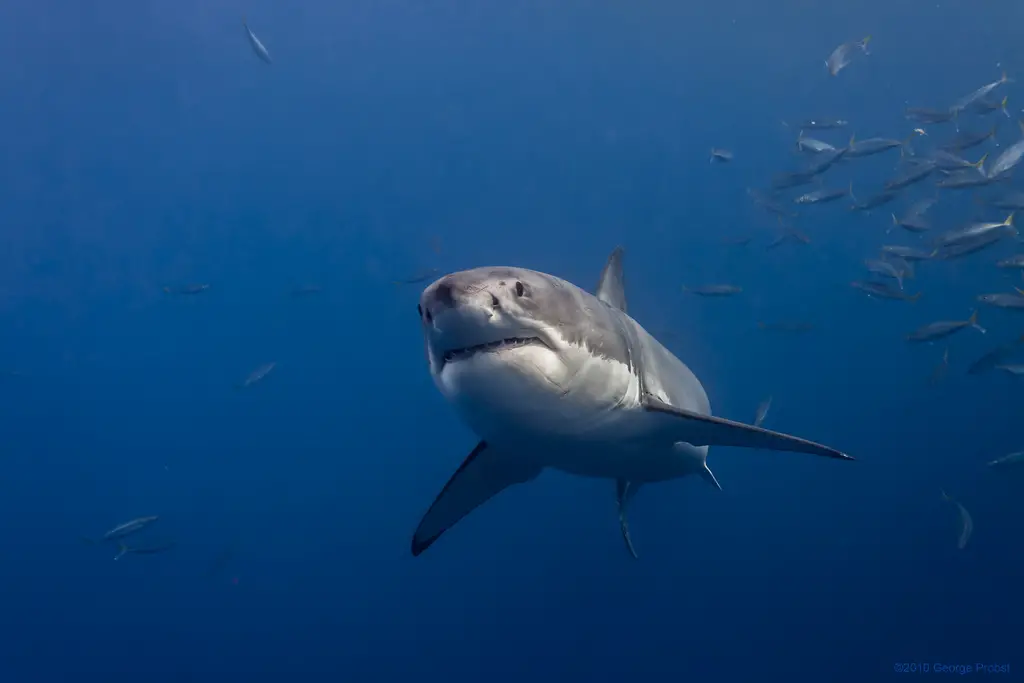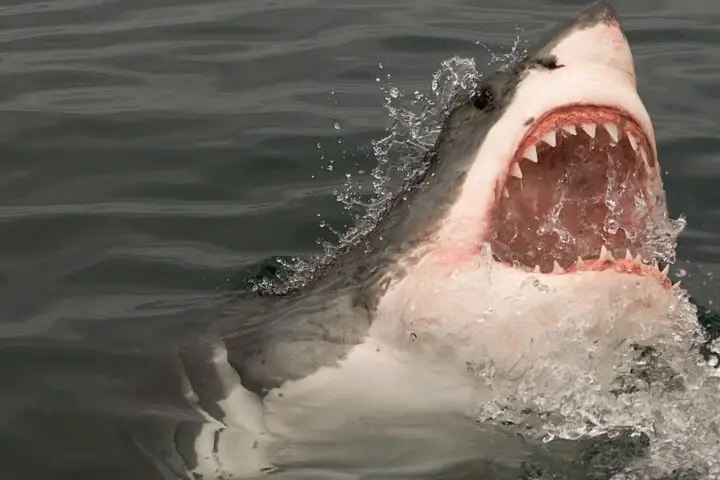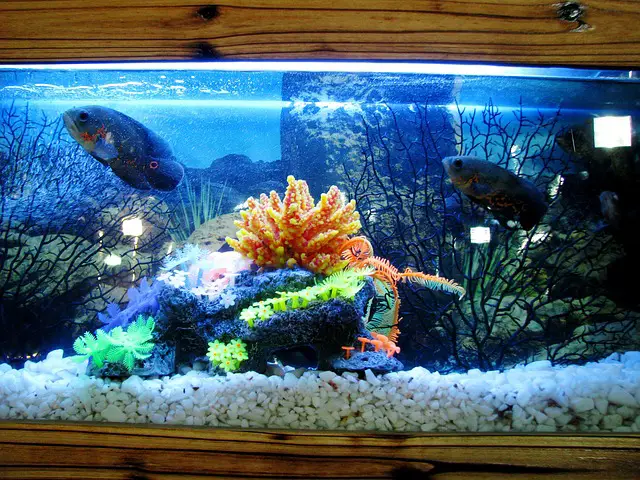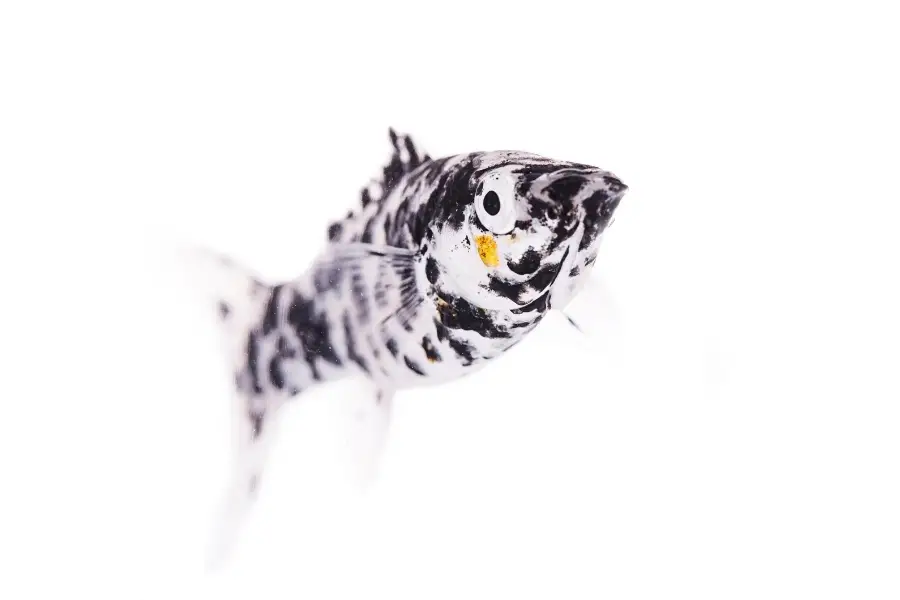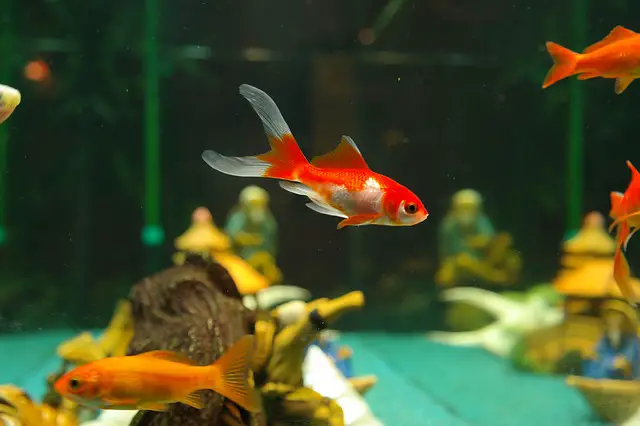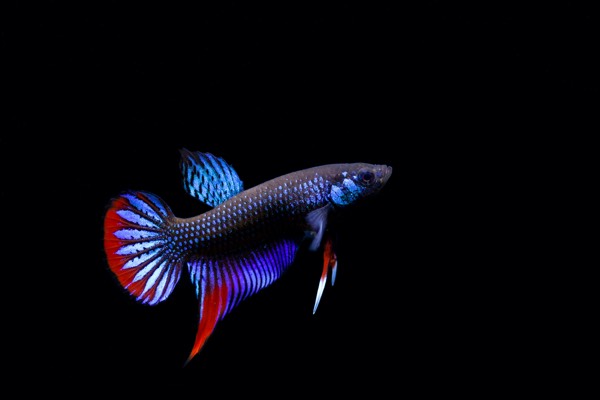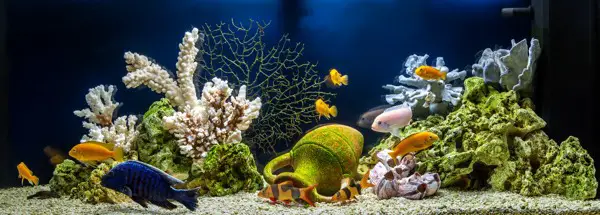Make up your mind for the most unbelievable cookie cutter shark facts including cookie shark diet, habitat, reproduction and is behavior. The cookie cutter shark (Isistius brasiliensis) is a small species of shark that belongs to the family of Dalatiidae. These sharks are also known as cigar sharks. The cookie cutter shark inhabits all along the temperate oceanic waters globally, especially living in close proximity to the islands. They are known to dive 3.7 km (2.3 miles) deep into the water. Scientists have observed the vertical migration of cookie cutter sharks with 3 km (1.9 miles) each day. These types of fish descend down to the bottom at dawn while they come up to the surface at dusk. The cookie cutter shark has a long body with large eyes and they can grow to a size of 42 – 56 cm (17 – 22 inches). The body color is dark brown together with the light-emitting photophores. They largely prey on squid. These shark species are not considered as dangerous and are listed as least concern by International Union for Conservation of Nature (IUCN). They have no commercial importance whatsoever.
Amazing Cookie Cutter Shark Facts
- The elongated shape of the cookie cutter sharks is more like a cigar with nostrils are covered by short flap of skin.
- They have large oval-shaped eyes that are green in color and which offers greater binocular vision.
- There are huge spiracles at the back of the eyes.
- The upper jaw of cookie cutter shark is embedded with 30 – 37 teeth while the lower one contains 25 – 31 teeth.
- The lower teeth are much larger in comparison to the upper jaw teeth.
- The largest male cookie cutter shark ever recorded was measured at 42 cm (17 inches), while the female measured at 56 cm (22 inches).
- These types of fishes are seldom known to come to the water surface.
- They have a vertical migration.
- They are best known for biting too fiercely and are capable to swallow smaller prey.
- The cookie cutter cookie cutter shark comprises 35% of its body.
- It follows that a 14 cm (5.5 inches) cookie cutter shark sheds 15 sets of lower teeth when it reached 50 cm (20 inches).
- The cookie cutter sharks have around 435 – 465 teeth.
- These sharks belong to the dogfish family.
- The cookie cutter sharks are not considered dangerous to humans
- They are listed as Least Concern by the International Union for Conservation of Nature.
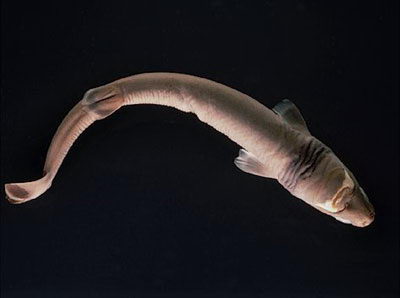 Where Do Cookie Cutter Sharks Live
Where Do Cookie Cutter Sharks Live
The cookie cutter sharks are the inhabitants of the warm-temperate oceanic waters and are commonly found in all the key tropical waters between the latitudes of 20o C and 20o C. They prefer to live water having a temperature of about 18 to 26 degree centigrade. They are found in the Atlantic Ocean in southern Brazil, Guinea, Sierra Leone, southern Angola, South Africa, Ascension Island, Cape Verde, and Bahamas. Some of these species have also been caught in the Pacific Ocean from Australia, New Zealand, Mauritius, Lord Howe Island, Hawaiian Islands, California, and Galapagos, and Tasmania. According to the records, the scientists believe that these fish are adept to take vertical migration with 3 km (1.9 miles) every way. The cookie cutter sharks spend most of their daytime at a depth of about 1 – 3.7 km (0.62 – 2.3 miles), while at night they tend to go up at 85 meters (279 feet). They seldom come to the water surface.
What Do Cookie Cutter Sharks Eat | Cookie Cutter Shark Facts
These types of shark species primarily feed on medium sized to large marine animals. Some of the most common cookie cutter sharks food includes cetaceans, dolphins, blue sharks, jacks, escolars, elephant seals, dugongs, goblin sharks, seas, beaked seals, sperm whales, baleen whales, bony fishes, tunas, leopard seals, megamouth sharks, opahs, billfishes, pomfrets, pinnipeds, dolphins, deepwater stingrays, and porpoises. They are also known to consume squid with 15 – 30 cm (5.9 – 12 inches) long, together with the copepods, and bristlemouths.
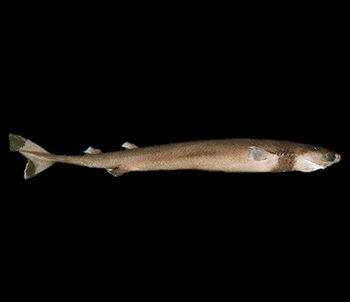 Reproduction
Reproduction
- The cookie cutter sharks are viviparous species as they develop embryos until birth.
- The females give birth to 12 pups.
- The pups measure around 14 – 15 cm (5.5 – 5.9 inches).
- The males reach the maturity age after they are 36 cm (14 inches) long while females become mature at 39 cm (15 inches) length.


